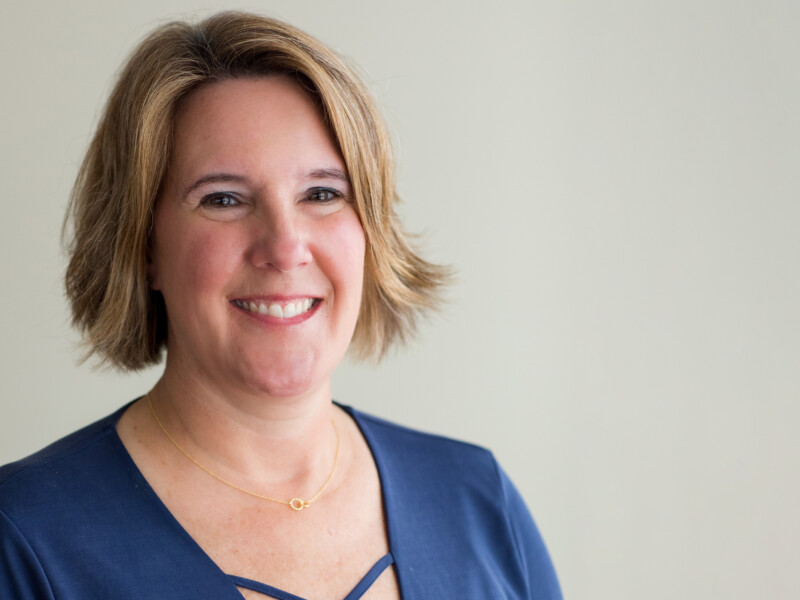
On June 5, 2023, the USPTO hosted a public hearing to present its proposal to increase trademark filing fees. Citing an unpredictable flow of applications coupled with a reduction in maintenance filings, the USPTO claims that the current fee structure is insufficient to finance the operations of the agency. The USPTO has launched a bid to raise its fees, starting with this public hearing and following with a formal rulemaking process. The USPTO invites comments by the public on its proposal. A link for providing those comments (due on June 12, 2023, though there will be another round) is provided at the end of this article. We cover only trademark fees here. Patent fees are also rising and more information about those increases can be found here.
The new fees, once settled, are not expected to be made effective until November 2024.
Basic application fees increase from $250 per class to $350 per class. Anyone who has filed a trademark in the last fifteen years will be familiar with the TEAS Plus and TEAS Standard electronic application forms. The USPTO favors the TEAS Plus form, as it is the more structured of the two and increases efficiency by limiting your choices and helping to avoid errors and omissions, which makes processing by the USPTO easier. The TEAS Standard form allows for more customization, especially for the descriptions of goods and services, but the USPTO has to put more resources into processing the TEAS Standard form. The USPTO proposes to do away with these two forms and to replace them with one “Basic Application” form on which customization options can be layered for additional fees. The cost for both options will rise, however.
TEAS Plus applications are currently $250 per class. The fee for the Basic Application is expected to be $100 higher, at $350 per class.
Applications employing custom goods/service descriptions increase from $350 per class to $550 per class. “Premium applications,” as the USPTO calls them, are those applications that seek custom descriptions when the goods and services described in the USPTO’s restrictive “pick list” don’t suffice. Currently the TEAS Standard application form – the application that allows for custom descriptions – carries a fee of $350 per class. Under the proposal, the USPTO would eliminate the TEAS Standard form and add a customization option to the Basic Application for a $200 per class premium on top of the Basic Application fee, making the equivalent filing approximately $550 per class of goods and/or services.
Fees for paper applications, which are relatively rare today, but still exist, will rise from $750 per class to $850 per class.
Intent-to-use applications are expected to become more expensive as well. There are two primary bases on which an applicant applies to protect a trademark. An in use basis (also called the “1(a) basis”) means the applicant is already using the trademark to offer the goods or services to prospective customers in the United States. An intent-to-use basis (also called an “ITU” or a “1(b) basis”) means the applicant isn’t using the trademark yet to offer its goods or services, but the applicant plans to do so within the next six months. Applicants under both bases use the same applications, but ITU applicants must make additional filings (and pay additional fees) to prove use in the marketplace before they can have their trademark registered. This makes ITU applications incrementally more expensive than “in use” applications.
The fees for these additional filings are expected to rise as well. Fees for Amendments to Allege Use (AAUs) and Statements of Use (SOUs) will increase by different amounts. Currently, each is available at a fee of $100 per class. Under the proposal, AAUs would increase by 100% to $200 per class (if filed electronically) and SOUs would increase by 50% to $150 per class.
Extensions of time for filing each of these – a facility relied on by many applicants struggling in good faith to get products or services to market – will now be on a graduated fee schedule, with the first, second and third request remaining at $125 per class, as it is today, but the fourth and fifth request doubling to $250 per class. This is an intentional effort by the USPTO to discourage applicants from sitting on a speculative trademark for too long. As the Primary Register of Trademarks grows, the trademarks available to new entrants shrinks by multiples. Pending trademarks block not only exact replicas, but also trademarks that might be confused for that trademark. The USPTO favors returning unused trademarks back to the marketplace where they can be put to use, rather than languishing in pending application purgatory.
New fees on goods/services descriptions that are too long. The USPTO will also impose a fee on excessive goods or service descriptions. Absurdly long goods descriptions filed by (often international) parties who never bring to market most of the products they apply for have become more common in recent years. By registering marks to cover hundreds or thousands of phantom products, they squeeze out domestic entities, which are often smaller entities, that want to sell products under a similar mark. To try to curb this practice, the USPTO seeks to impose a fee of $200 for each 1,000 characters exceeding the first 1,000 characters describing the goods and services in each class. Trademark practitioners for small business entities will generally see this as an improvement, preserving the availability of trademarks for users active in the U.S. marketplace.
Maintenance filings are proposed to increase on average by $125. The volume of maintenance filings has been decreasing over the last several years. According to the USPTO, this is due in part to the recent growth in individuals and entities applying for trademarks without the assistance of counsel. First, they say, applicants who file without the help of an attorney (“pro se” filers) often make more errors in their applications, which increases the USPTO’s cost of processing those applications. Then, those pro se filers who become trademark registrants more often fail to file the necessary maintenance documents when they become due. This has become doubly true for international filers. As recent changes to the USPTO rules barred non-U.S. attorneys from filing trademark applications on behalf of their international clients, more international entities are filing for themselves, without counsel. These international pro se filers also tend to miss their maintenance deadlines, decreasing further the revenue the USPTO would hope to collect from maintenance fees.
The surge in applications coupled with a reduction in maintenance filings is putting pressure on the USPTO’s legacy budget strategy The trademark system has historically relied on maintenance fees to subsidize a portion of the higher operational cost of processing new applications. Maintenance filings are less costly to process and the higher maintenance fees have helped support the overall operations budget. However, as the volume of new applications continues to break records and applications have become more costly to process while maintenance filings and the revenue that comes with them decline, the USPTO seeks to re-align its financing by raising fees across the board. Maintenance fees will still subsidize the application process, but application fees and petitions will be expected to carry more of their weight than before.
Ten-year renewals will increase from $525 per class to $650 per class. The five-year proof of use filing will increase from $425 to $550 per class.
Other post-registration filings will increase to better reflect their cost of processing. Letters of Protest and Petitions to the Director will rise from $50 to $250 and from $250 to $400, respectively. A Petition to Revive an application will rise from $150 to $250.
None of these changes are yet set in stone; the USPTO must follow a formal process of rulemaking before the changes are made. Changes, whatever they may be, are not expected to be made effective until November 2024.
You can be involved in the process. You can submit comments to the Trademark Public Advisory Committee on the proposed fee changes here before the June 12, 2023 deadline. There will be a second round of comments in 2024 after the USPTO publishes its proposed rulemaking sometime between January and March 2024. They are expecting to have a public comment period open between March and June of 2024.
If you have any questions about the USPTO fee structure or about trademarks generally, please contact Cassandra LaRae-Perez at 802-264-3213.




